• 7 SPECIAL MUSEUMS
DA VISITARE IN ITALIA •
Within the vast Italian museum panorama there are some truly unusual and curious collections, like those gods 7 particular museums that you will find in this guide.
Did you know there is a museo dedicated to bandits? And another, Instead, which holds the largest collection of petrol pumps in the world?
Follow our advice and continue reading: there is something for all tastes!
I 7 most unique museums in Italy
Bora Museum (Trieste)
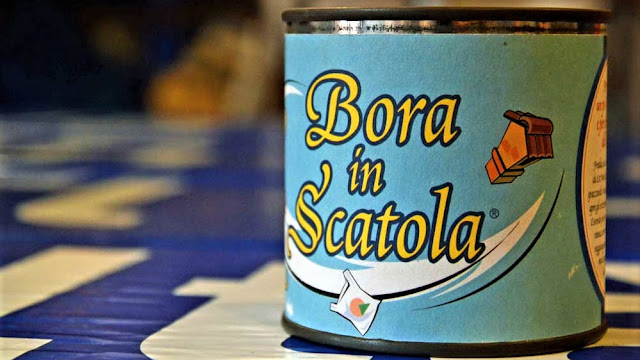
IlTrieste Bora Museum it is a tiny, truly unique and curious museum-laboratory. It is among the first museums in the world dedicated to the wind and the only one to the Bora, one of the most famous features of the city.
Located inside the Magazzino dei Venti, tells through works, books and objects of all kinds one of the main atmospheric phenomena, also offering workshops and initiatives.
Il percorso espositivo si intitola “20 indizi per un museo”, some kind of investigation, a search for evidence on the validity of the museum idea. The numbered route tries to bring order to the disorder that naturally belongs to the theme of the wind. The visit travels in two directions that continually intersect: “memory” e “creatività”. At the same time, interesting testimonies from the past and innovations on the topic are accessible. If on the one hand you can hold on to the famous ropes of the Bora (the memory), on the other you can listen to a radio advertisement from the Armando Testa agency dedicated to the museum (the creativity).
The Magazzino dei Venti also has its collections, composed by the Archive of the Winds of the World: a bizarre collection of twenty in a box. At the moment there are more than 130 the bottled winds, boxed, packaged from almost all over the world. Then there is the artistic collection: a small wind tunnel containing works by artists such as Pascutto, Pastrovicchio and Pezzolato. Then again the Silvio Polli Archive: photo, scientific publications, newspapers, scientific instruments of one of the greatest scholars of the phenomenon. And finally curiosities about bora and wind: original finds or created ad hoc.
To know more: The Bora Museum in Trieste.
Figurine Museum (Modena)

IlFigurine Museum of Modena è un caso studio unico nel suo genere che merita di essere inserito nella nostra guida ai musei più particolari. It promotes and enhances a heritage made up of thousands of stickers, but also materials similar in terms of technique and function.
The Museum was born in 1961 from the collection of Giuseppe Panini, founder of the company of the same name together with the Benito brothers, Franco Cosimo and Umberto. Panini has preserved not only stickers produced from the second half of the nineteenth century, but many other similar materials, in an attempt to understand the origins and all the aspects related to it.
This amazing collection, was donated to the Municipality of Modena, city considered its natural home as the world capital of modern figurines. From 2006, the Figurine Museum has been opened to the public in the prestigious headquarters of Palazzo Santa Margherita. The museum collection today contains more than that 500.000 small color prints. The collection also includes materials similar in technique and function such as matchboxes, letter sealing stamps, paper money, menu, small calendars and albums. About 2.500 pieces are exhibited in the museum hall, while the remainder are located in the archive.
To know more: IThe Figurine Museum of Modena.
Petrol Pump Museum (Trade, VA)
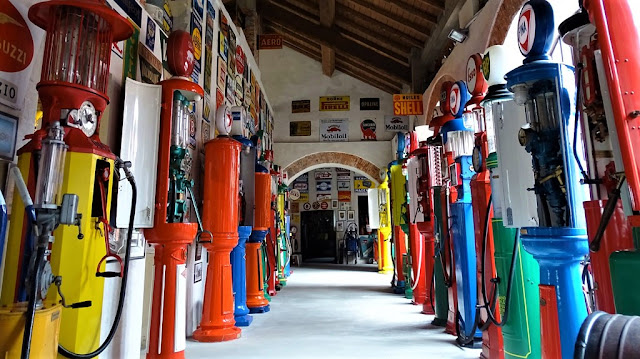
This museo holds the largest collection in the world (also recognized by the Guinness World Record) of ancient petrol pumps, ranging from 1892 al 2001. Beyond 6000 pieces between graphics, toys and gadgets related to the world of cars and service areas, they retrace 100 years of Design History, of Cars and Customs.
Born in 1966 by the will of the entrepreneur Guido Fisogni, it is the fruit of over forty years of work and research, which made it become one of the most particular museums in Italy. Fisogni was an entrepreneur specialized in the sector, which over the years has collected thousands of unique or very rare pieces. In fact, the first location of the museum was the warehouses of Fisogni's company in Palazzolo Milanese. Subsequently, the museum moved to 2015 in the elegant context of Villa Castiglioni in Tradate, owned by Fisogni's wife.
Among the most important pieces of the collection are the Art Deco style dispensers from the 1920s and 1930s, the petrol pumps on wheels and Mussolini's personal dispenser designed by Marcello Piacentini, but also the pumps designed by important designers such as Marcello Nizzoli or Eliot Noyes, and the numerous designer advertising graphics.
To know more: The Fisogni Petrol Pump Museum in Tradate.
Postal Museum (Coronello dei Tasso, BG)
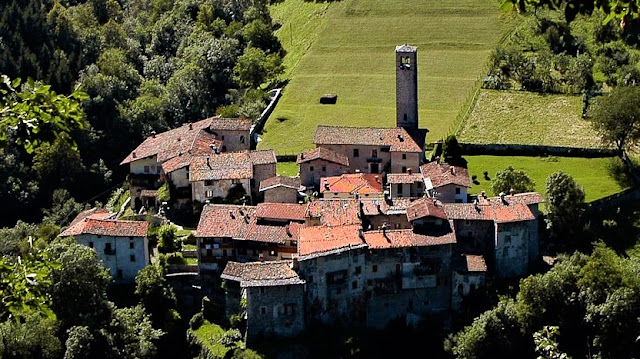
Il Tasso and Postal History Museum it contains the history of the small village in which it is located. Coronello dei Tasso is one of the most characteristic and best preserved villages in Lombardy. Its history is linked to the Tasso family, literati and, according to many, initiators of the postal service.
The ancient Tasso family is mostly known thanks to the two great men of letters Bernardo Tasso and his son Torquato, author of Jerusalem Liberated. Actually, can be considered one of the first European multinational companies. Relax, Indeed, for centuries the monopoly of the postal service between the German Empire and the other European states.
The Museum is divided into four exhibition spaces, each of which develops and delves into postal history and the history of the Tasso family. Who, Indeed, numerous documents related to their activity in the management of postal services are preserved, in generale alla storia postale.
To know more: The Tasso and Postal History Museum.
Museum of Banditry (Add, SS)
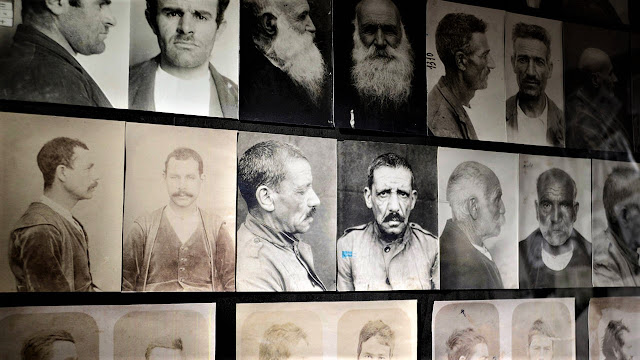
IlBanditry Museum of Aggius tells the story of one of the most widespread delinquency phenomena in southern Italy in the past. The village, Indeed, it was the epicenter of banditry in Gallura for about three centuries, dal 1500 al 1800.
The territory of Aggius has seen murders over the years, ambushes, livestock theft and damage. In 1726, a report from the local authorities attributed to Aggius the role of leading town in the clandestine trafficking of cereals. Risale invece al 1766 il cosiddetto“pregone” del viceré Francesco Ludovico Costa. Il viceré minacciò la distruzione della villa di Aggius in quanto ritenuta“scandaloso ricovero e favore…di banditi e facinorosi”. On the popular side, But, the figure of the bandit was often assimilated to that of the underprivileged, disgraced for reasons of honor and therefore deserving of respect and protection.
This is why it was decided to set up a museum dedicated to banditry without running the risk of mythologising the figure of the outlaw. The objective of the museum, if anything, it is the opposite: spread positive values for the construction of a mentality that favors the affirmation of legality and public morality. It is no coincidence that the museum is set up in the building of the old Magistrates' Court, located in the oldest area of the country.
The exhibition itinerary is divided into 4 rooms that host documentation and objects that tell the evolution of the phenomenon over time. In particular, a shrine is dedicated to the bandit from Aggio Sebastiano Tansu, “il Muto di Gallura” figure who inspired the novel of the same name by Enrico Costa.
To know more: The Banditry Museum of Aggius.
Museum of Mediterranean Masks (Mamoiada, NOT)
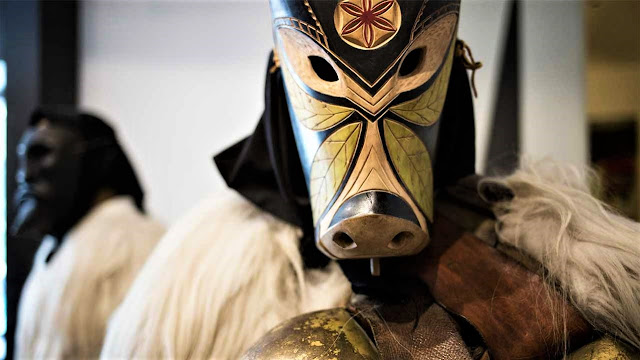
IlMuseum of Mediterranean Masks of Mamoiada rises in the heart of Sardinia, about fifteen kilometers from Nuoro. Through his collection he tells stories and millenary traditions of secular festivals and rites, which unite various ancient civilizations of the Mediterranean. Inside it is possible to completely immerse yourself in the Sardinian and Mediterranean carnival culture.
The experience in the Museum begins with a sequence of images, texts, music and sounds, which introduce the visitor to the traditions of Mamoiada and its Carnival. The origins and meaning of the Mamuthones and the Issohadores are told, in addition to the numerous theories that have attempted to reconstruct its origins over time.
After the Multiview Room, there is the Barbagia Carnival Hall, where some of the most important masks in central Sardinia are exhibited, and the Mediterranean Room. Who, in a division that distinguishes between the Alpine arc, the Iberian and Balkan peninsulas, the images that tell the story of the carnivals are presented. The common thread is the common roots between the carnival traditions of the Mediterranean area.
To know more: The Museum of Mediterranean Masks of Mamoiada.
Chimney Sweep Museum (Santa Maria Maggiore, VB)

IlChimney Sweep Museum, located in the historic center of Santa Maria Maggiore, it is the last of the particular museums on our list.
It is the only museum in Italy dedicated to this profession and has over 10 thousand visitors every year. Housed in a beautiful building in the park of Villa Antonia, the museum tells the difficult experience of a professional figure, who over the centuries has written intense pages of Italian history.
The profession of the chimney sweep, as hard as it is indispensable in fire prevention, dates back to the 14th century. The Vigezzo Valley, for the centuries-old history linked to this profession, fu spesso riportata nelle carte geografiche del Cinquecento come la“Valle degli Spazzacamini”. From these mountains, generations of chimney sweep emigrants left towards France, Germania, Austria and Holland making big sacrifices.
The exhibition itinerary is spread over two floors. The instruments are displayed on the first, the clothes and tools linked to the profession of chimney sweep over time. To the second, Instead, there is a journey through images and music that traces the history of the profession.
To know more: The Chimney Sweep Museum of Santa Maria Maggiore.
These collections have intrigued you? To discover other special museums in Italy Click here!
Article written in collaboration with Simone Feneri di PELAGO PROJECT

[…] of them frequently collaborate with museums, galleries, foundations and artists to promote various projects through their channels. Some […]
[…] Piazza Navona is home to the Church of San Luigi dei Francesi where you can admire three works by Caravaggio for free. This is the Triptych of San Matteo, to decorate the Chapel […]
[…] Our tour to discover galleries and museums to see in London in one day starts at the Newport Street Gallery. Founded by the artist […]
[…] and Giotto's bell tower will welcome you in all their breathtaking beauty. If you love museums you can think about visiting the Duomo museum which is located behind Brunelleschi's dome. […]
[…] Membership at a local gallery or museum could be the perfect gift for any artist. Museums and galleries are one […]